Hello, It’s been a while since my last blog post so it’s time for an update about my time as Witchfinder General Data Visualisation intern! Since my last post, I’ve been busy as ever, diving into the world of data quality assuring, tinkering with our website, and getting some insights from users and lots of other fun and interesting experiences.
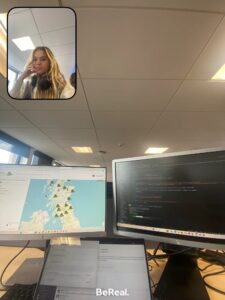
Working on the Website in Argyle House
My role in ensuring the accuracy and reliability of our data continues. With the aim of making sure our users get the most reliable insights and facts meanwhile respecting the original work of Survey of Scottish Witchcraft. I have now compared lots of fields including place of detention, primary & secondary case characteristics, cause of death, manner of death and lots more. From this I have been able to see that some information has been discovered since the Survey and added to Wikidata. I have made sure that all this information is referenced to trustworthy verifiable sources, ensuring that our website has the most accurate and up to date information possible. You can keep track of my progress on our Wikidata project page here.
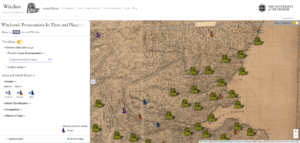
New Historic Map Fearure
I’ve added some cool features to our website! You can now travel back in time with our historical map layer. After discussing different map layers with Chris Fleet at National Library of Scotland we selected the 1750 georeferenced James Dorret map. This lets you see how things looked closer to the time of the accused witches. Plus, we’ve made it easier for users to pick and choose what they want to see with the select and deselect buttons and changing the list of filters to alphabetical order. And I’ve been on a bug-hunting mission to get rid of them and make sure everything runs smoothly to make the website easier to navigate. We have had several other ideas of how we can make our website more engaging and informative, one of these ideas was to add some illustrations to the website to help users understand what information is being displayed to them. So I talked to one of the other interns Ally who is working on an interactive colouring in book. She came out with some initial ideas that could be used as icons for the accusations of Shapeshifting and the Ritual Objects supposed used and they turned out great! However, we have some concerns relating to including modern illustrations on our website. We are worried it could distract from the academic historical work or misrepresent some of these historical ideas (e.g. Shapeshifting) that we are referring to.
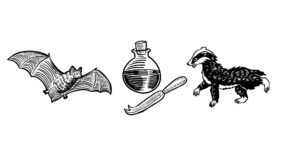
Concept Illustrations for Website
I also ran 7 user testing sessions with support from the User Experience team who’s aim is to deliver user-centred products. I initially met with members of the team and they informed me that the best way to improve the user experience of the website would be to find out what needs improving by conducting user testing. They gave me lots of advice on how to go about these sessions and for one of my first sessions helped me take notes. We decided to test on users who were experts on history and some people with very little previous knowledge on witches! So I reached out to Assistant Professor Mikki Brock, Witches of Scotland podcasters, Dr. Chris Langley and other interns to see if they would be interested in participating, and they all were! This range of knowledge was really useful to see how the different types of users interacted with the website, this is important as these are both user groups that our website in intended for. I would give the users tasks to complete on the site and watch them complete them, taking notes and then ask them questions to hear their thoughts and advice. Their feedback will help guide us towards the best version of the website possible. I’ve shared their insights with the team, and together we’re deciding what we came take from it to make improvements to the site.
As part of my internship, I’ve also had some pretty cool experiences beyond the screen. A trip to St Celias Hall, a musical instrument museum, was a really interesting experience that I learnt lots of new information from. I’ve also dabbled in Wikipedia writing after attending a Wikipedia training session, I researched and wrote a page about the accused witch Issobelle Fergesoune. It’s great to be able to write about the accused witches individual stories as this humanizes them and helps people understand what they really went through. Also, I have attended several team meetings, where coffee and cake were involved!
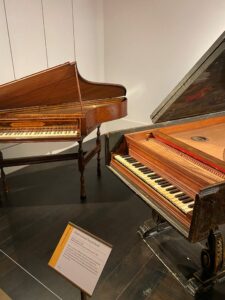
Musical Instruments in St Celia’s Hall
So, what’s next? I have two quite big challenges to focus on, one being making sure the website is mobile responsive and the other being trying to reduce the load time when opening the website. Currently, the website can takes some time to load because there is huge amounts of data being pulled. This will be quite technically difficult to solve. Our approach is going to be separating the queries pulling the data into smaller queries so less data is being pulled at once. The load time is very important to user experience and something that was mentioned several times in the user testing sessions. Hopefully after these improvements the new version of the website will be one step closer to being released!
(CC BY 3.0)
(CC BY 3.0)
(CC BY 3.0)
(CC BY 3.0)
(CC BY 3.0)
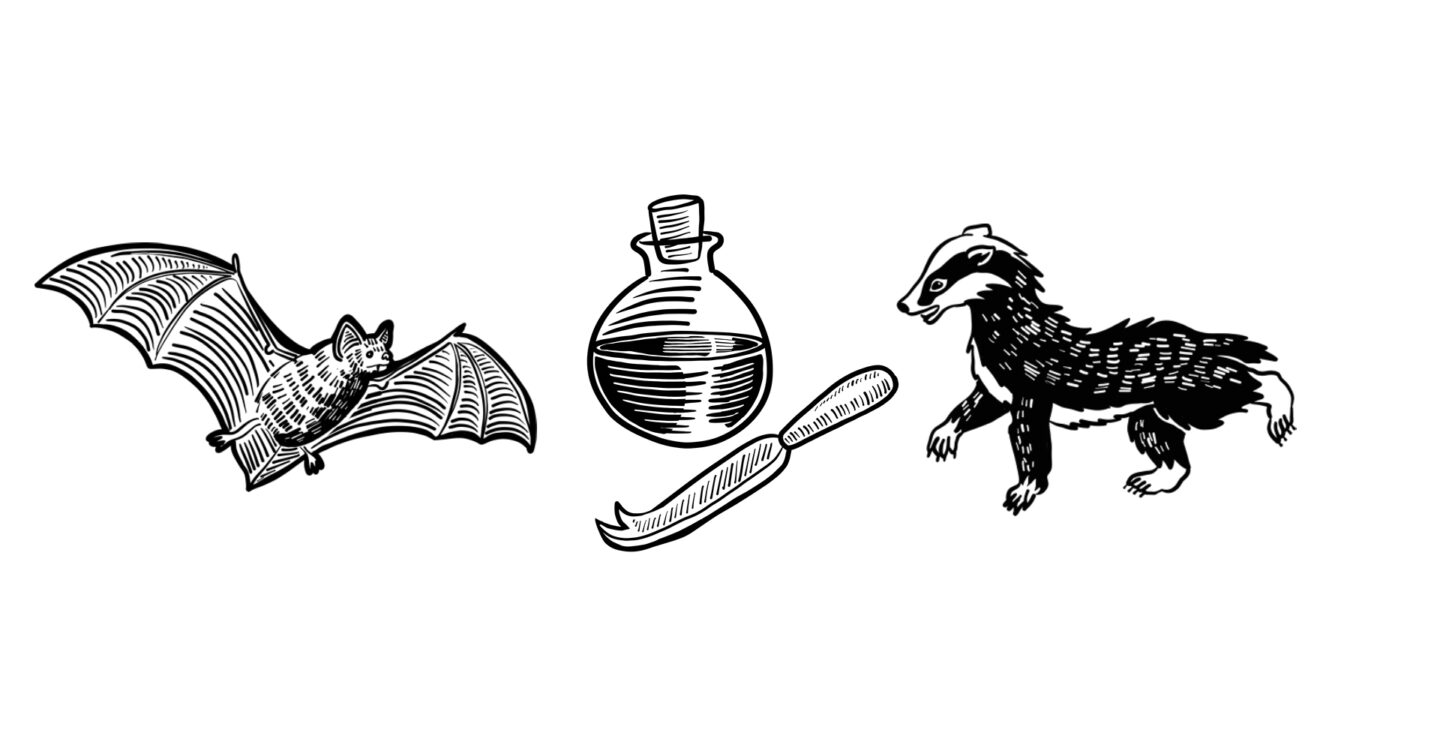


Leave a Reply